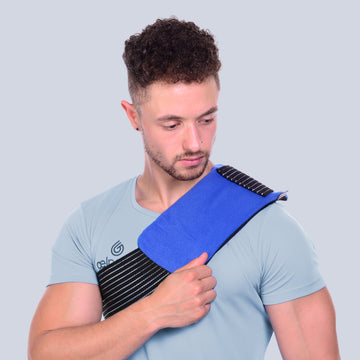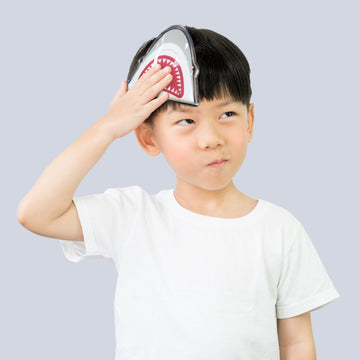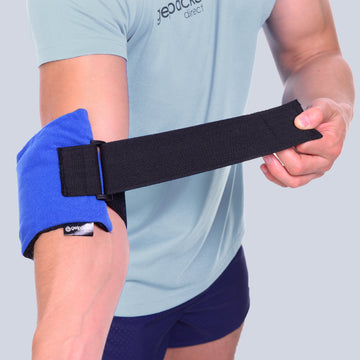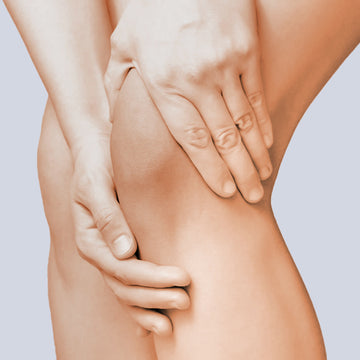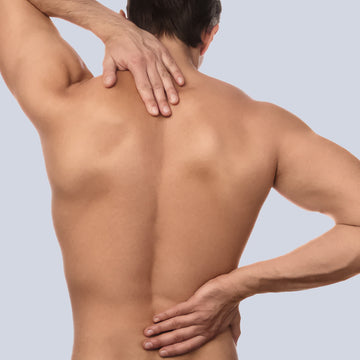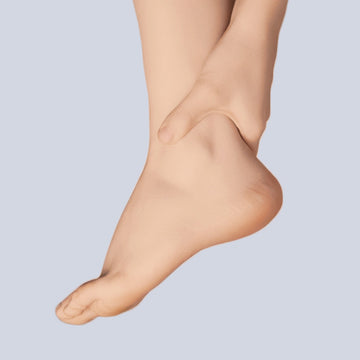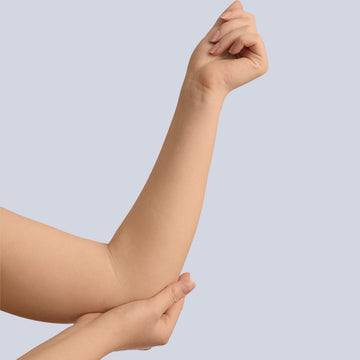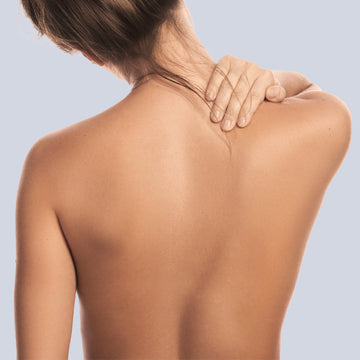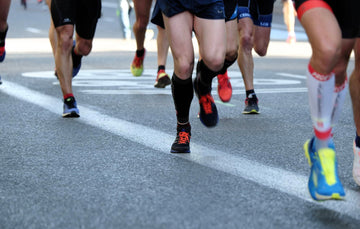Posted by Chloe Simkiss Jan-26-2021

Common Back Injuries
Unfortunately, most people will experience minor back problems at one time or another. It can happen suddenly or slowly over time: you make an awkward movement, overdo it while exercising or you overuse your back at work or at home. The spine is an incredibly tough structure, but in order for it to function correctly, all the pieces need to be in the correct place. When vertebrae become unaligned this can lead to minor back problems, back pain and discomfort or even chronic pain. You may find it difficult to move freely throughout your day and a back injury can present itself as pain in other areas of the body such as the legs, hips, arms and shoulders. Any injury to the back’s bones, joints, connective tissue, muscles or nerves, can cause pain and discomfort.
Signs of a back injury
- Pain or tenderness (sore to touch)
- Pain that worsens with movement for example sneezing or laughing
- stiffness or difficulty moving
- difficulty standing up straight
- Muscles in spasm on either side of the spine
- Bruising or swelling
- Pain that radiates down one or both legs For some tips on how to manage back pain check out our blog here.
Causes of back injury
Most back injuries are from cumulative effects. You can injure your back doing sport, working around the house or in the garden, from a sudden jolt or movement, such as a car accident, or from a knock or fall.
However there are contributing factors leading to a back injury such as disease like osteoarthritis or osteoporosis, your age, physical fitness, smoking, being overweight, or the type of work you do. It’s important to find out the cause of your symptoms so they can be treated properly.
Common back injuries include:
Strain: A strain is a stretched or torn muscle or tendon. Tendons are tissues that connect muscle to bone. Twisting or pulling these tissues can cause a strain. They can happen suddenly or develop over time. Many people get strains from playing sports. At first, treatment involves resting the injured area, icing it using our gel pack for the back, wearing a bandage or device that compresses the area, and pain relief medicines. Later treatment might include exercise and physical therapy.
Sprain: A sprain is a stretched or torn ligament. Ligaments are tissues that connect bones at a joint. Falling, twisting, or getting hit can all cause a sprain. You might feel a pop or tear when the injury happens. A sprain can be prevented by warming up when you know you’re going to be lifting something heavy and ensuring you lift with your legs, not your back. Staying active helps maintain muscle tone and balance around your spine.
What to do when you sprain your back?
Stop doing whatever caused the pain. Lie on your back with your knees bent to put your spine into a good position. Apply RICE – Rest, Ice, Compression, Elevation. Our ice gel pack can be applied three to four times a day, but not for more than 15 minutes at a time.
Generally, you can return to normal activities within 1-2 days after a sprain or strain. Be sure not to over-do it, but also keep in mind that too much rest can prolong your symptoms. If your symptoms persist after about two weeks, or interfere with your daily activities, you should book an appointment with your doctor.
Herniated or bulging discs: Another common back injury involves a herniated or bulging disc. This occurs when there is a problem with the rubbery cushions (discs) between your vertebrae. A disc is often described as a jelly donut, with a softer center inside a tougher exterior. A herniated disc occurs when the softer “jelly” pushes through a tear in the exterior of the disc. This can cause nearby nerves to become irritated and create painful symptoms, such as:
- Arm or leg pain
- Numbness or tingling
- Muscle weakness
Surgery is usually not needed to treat a herniated disc. Your doctor will discuss your treatment options, which may include rest, epidural injections, medication or physical therapy.
Fractured vertebra: A fractured vertebra, also called a compression fracture, refers to a crack or gap in the vertebra. It is often a result of the spine aging and weakening, but can also be caused by trauma to the spine or from a fall. You may experience acute or chronic back pain. Treatment may include rest, a brace, medication or physical therapy. A doctor will discuss each of these options and create a plan that is right for you.
Most back pain will get better and go away by itself in 1 to 4 weeks and home treatment will often help relieve back pain that is caused by minor back problems.
For some tips on how to manage back pain, home remedies and back strengthening exercises click here.
Make sure you use your body properly. Remember to stand smart - don't slouch, sit smart - choose a seat with good lower back support, armrests and a swivel base and lift smart- let your legs do the work!
#TeamGPD
